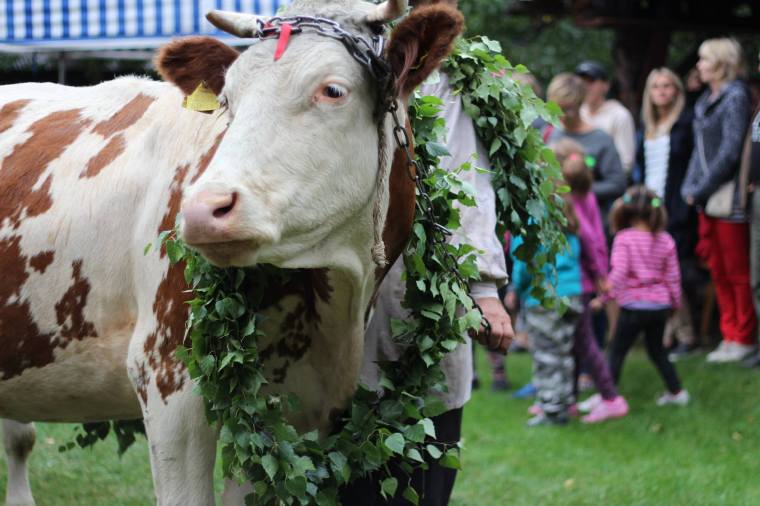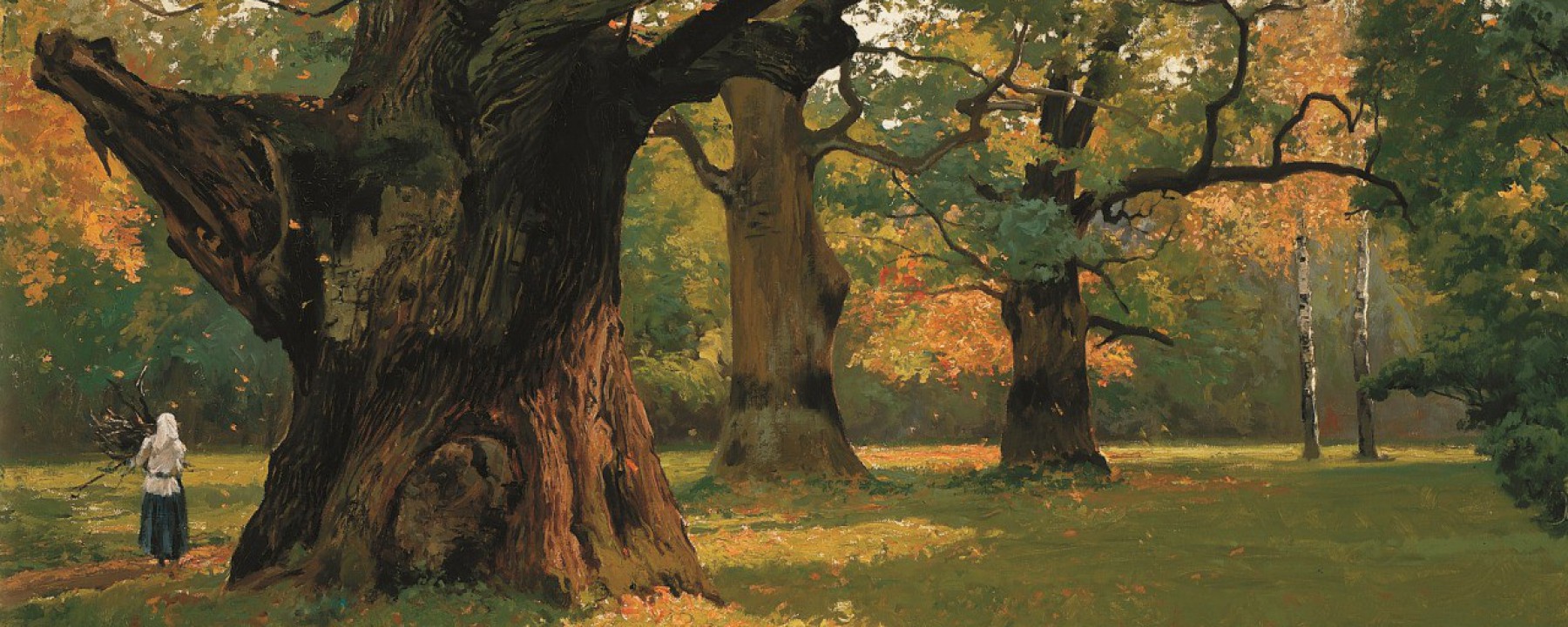
Milk and dairy were one of the most important food products for people living in the rural areas of Poland, and therefore various customs involving cattle and barns were performed throughout the year. They are connected to various pre-Christian Slavic rites, and contain many magical elements that were meant to protect the valuable cattle for example from diseases or sorcery. The celebrations were usually held individually in each farm in a village.
The most important parts of the rite involved for example: making wreaths of birch-tree branches for the cows (sometimes with symbolic herbs or other twigs, but birch trees were the most valuable as a magical accessory boosting the fertility), singing ritual songs, incensing the cattle with sacred herbs, hiding various symbolic objects guaranteeing prosperity under tresholds of the barns, making the cattle cross a treshold or step over a symbolic branch with the right leg first (not the left one which would bring misfortune), and so on.
This rite is known as ‘pierwszy wiosenny wypas bydła’ (first spring graze of cattle) in this region of southern Poland, and occures also under names of ‘majenie krów’ or ‘majenie bydła’ (May-ing of cows or cattle) in various other regions of Poland. These rites were often interwoven with celebrations of the Green Week (Zielone Świątki).
Below: old spring rite of blessing the cattle recreated in the Ethnographic Museum in Podegrodzie, Poland.










To read in Polish: Zielone Świątki – majenie | symbolika brzozy,
My general list of sources / book recommendations [in Polish only].

4 thoughts on “Spring blessing of cattle in Poland”